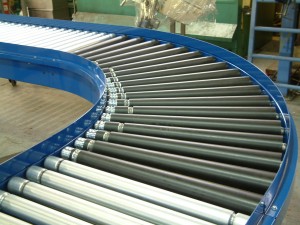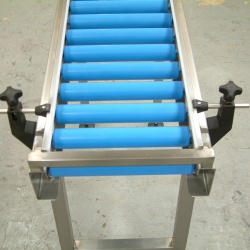Well let’s face facts its not just conveyor belts customers are after it is the complete conveyor system allowing you to connect all your processes together. With accessibility and maintenance.
For this you will need to get a competent conveyor company to come and look at your factory and go through the processes you need to combine. After this assessment a experienced conveyor engineer will be able to advice on the best solution for your products not just and off the shelf type of product that may do the job but not to the best standard possible.
It is also important that you give the conveyor company all of the sizes of products you wish to transport as this is all used for the calculation of the type of conveyor needed. If possible give as many samples.
Conveyor Systems can be a cost effective if the correct conveyors are specified this is why we recommend you go and take a look at the company and see that they are actually manufacturers of the products and have the facilities to provide you with a quality conveyor Read more here





